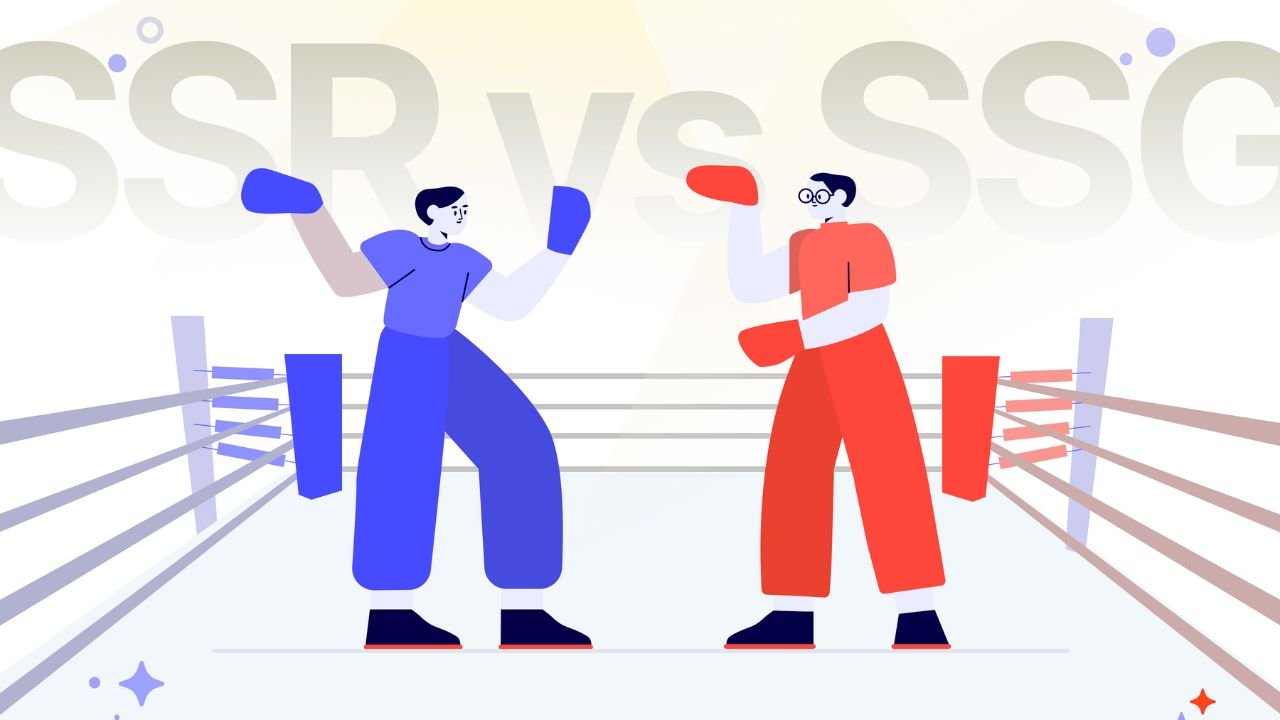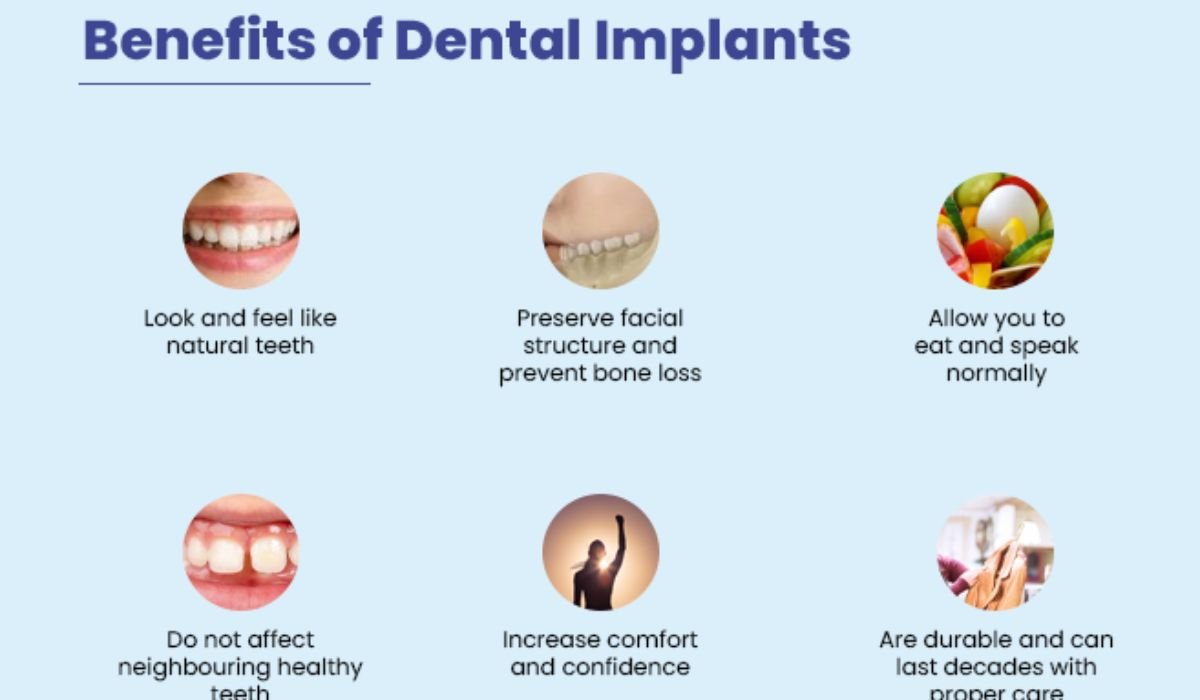With the expansion of headless content management systems (CMS) comes the necessity to find the ultimate rendering solution on the front end for optimal performance, SEO, and user experience. Two of the rendering possibilities are Static Site Generation (SSG) and Server-Side Rendering (SSR). While they take interestingly different approaches to rendering, both come with benefits and drawbacks. Therefore, an understanding of the distinctions and where each aligns with specific use cases is critical. This article will define SSG and SSR as part of the headless CMS phenomenon and assess performance factors to facilitate a comparison between the two.
H2: What Does Static Site Generation Mean?
Static Site Generation refers to an approach to rendering where HTML pages are generated at build time so that when users access the page, they’re receiving a fully static asset. Because a page is generated ahead of time, there’s less strain on a server, and latency decreases. Therefore, sites that leverage SSG not only run faster, but they perform better because the site loads in an instant for the user without the need for backend intervention when a page is requested. Understanding how to create digital content that aligns with SSG principles is essential, as it ensures that content is structured, optimized, and ready for pre-rendering. SSG is best for sites that exist with content but don’t necessarily need to change for an extended period of time since it ensures that everyone accessing any given page will always get that same speed and experience, in turn, increasing Core Web Vitals and SEO, among other factors.
H2: Why Use Static Site Generation in a Headless Setup?
When utilizing SSG within a headless CMS environment, performance becomes a next-level possibility because load speed is increased and latency is decreased. Static content means that during build time, API calls are made for the content and no calls need to be made at run time. This means that the loading of static content is stable and reliable. A static version of the site brings security benefits as well because there is less opportunity for hackers to attack from the inside. Caching is simplified with static builds, meaning the site can scale more quickly and reduce hosting expenses. Overall, SSG provides a tremendous boost for anyone interested in focused performance.
H2: Where Static Site Generation Falls Short
Where Static Site Generation falters at times is with super dynamic sites that are constantly changing. For example, if every piece of content has to change at certain points throughout the day, a site that relies on SSG has to rebuild the entire site every single time that happens. This muddies the publishing workflow, not to mention how resource-heavy it can become if thousands of pages have to be rebuilt over and over again just for one small change. Also, any types of dynamic activities, real-time personalization for the user, and constantly updating live content will be difficult to achieve and execute in a simplified manner with SSG alone.
H2: What is Server-Side Rendering (SSR)?
Server-side rendering is when HTML pages are rendered on the fly with each request at the server level. SSR happens because the headless CMS is accessed via APIs at run time and everything needs to be compiled, downloaded, parsed, and rendered on the server at the time of request. SSR is ideal for super-dynamic, frequently changing websites that require in-depth customization or ongoing updates of any site where a developer needs to render a change on the fly. It also benefits SEO, as there isn’t a middle layer between what is rendered and forced through a crawl, everything is rendered anew (although it can be cached as well) upon request.
H2: When SSR Works Best in a Headless Setting
The optimal use cases for SSR include those that need to be effective in real-time, personalized, or interactive. Since the content is rendered with each request, it’s best suited for situations where something has changed and needs to be rendered without going through the rebuild process. If something goes live that needs immediate attention, an active blog with user-generated comments, a news site at 12:01 am eager to get the first edition out, an inventory moving and shaking every second SSR works best. The same goes for highly personalized efforts. Rather than rendering a version of content that users may or may not see down the line, SSR can render immediacy for the specific user, increasing engagement and conversion.
H2: Downsides of Server-Side Rendering
The big caveat of server-side rendering comes from the demand placed upon load. Since so much more needs to happen at request time when generating unique content, this can lead to higher loads on servers and, thus, higher latencies. The costs associated with SSR configurations can be high since they require a stable, finite amount of resources dedicated to processing all requests. Without proper provisioned changes made prior to going live, a sudden uptick in traffic could cause an SSR experience to crash. Furthermore, SSR experiences require more complicated caching configurations to sustain high performance. Performance should always be stress-tested for SSR integrations, as getting consistent performance can be challenging.
H2: Raw Performance Speed Comparison of SSG vs. SSR
When it comes to raw performance, SSG outperforms SSR as far as speed and reliability go because the content is generated beforehand. SSG renders completely static assets since it utilizes a Content Delivery Network (CDN), generating the highest load speed without a dependency on a server. Conversely, an SSR is a dynamic generator that relies on generating output based on need and demand. While it loads potentially slower when it reaches high-performance thresholds, it’s better for real-time generation. Ultimately, speed versus function and fresh content will dictate which is the right choice.
H2: SEO Benefits of SSG vs. SSR
SSG and SSR each provide unique advantages for SEO, but it’s a matter of what works better under what circumstances. If speed and stability of sites are crucial, then SSGs work better with the most consistent load times greater Core Web Vital scores for load speed and other ranking factors because SSG essentially generates more pages that load at a consistent pace. If, however, an SSR allows search engines to see the most up-to-date content rendered on the page, then that helps with SEO for sites that change all the time. However, businesses more concerned with speed and stability will fare better with SSG versus SSR, but for the cost of dynamic customer-generated SEO, SSR will win out for more personalized content.
H2: Cost and Scalability Factors of SSG vs. SSR
The cost factors associated with each feel completely different. For example, SSG is a cheaper architecture option as it requires fewer server resources; processing and caching are easier and cheaper, and the costs associated with hosting based on server space and uptime are low. Static sites are easy to scale, often with one simple change. An SSR requires more costs as it requires more resources on the server (processing), which can increase capital expenditures as well as operational costs longer-term especially when traffic rises to a peak. Scaling an SSR means that caching must be done intentionally, infrastructure needs to be established with forethought, and optimization must be continual to manage costs while still achieving performance.
H2: Hybrid Options: A Mix of SSG and SSR
Many businesses employ hybrid options that create a mix of the two after determining the pros and cons of each approach. Hybrid options blend static generation with server-side rendering, applying SSG to pages that don’t change that often and utilizing SSR for the areas needing real-time updates or personalized experiences. This is the perfect solution for small and large sites, reducing latency while enhancing immediacy on quickly loading static pages while still ensuring that the real-time options are available. A hybrid approach can reap the rewards of performance increases, cut costs, and dramatically enhance user experience.
H2: How SSG vs SSR Impacts User Experience
How users experience their browsing sessions differs with SSG vs SSR and champions user satisfaction levels and how much time they’re ultimately spending on the site. SSG is often quicker in loading times, creating uniform user experiences, which is helpful for those who fall victim to slow Wi-Fi or ineffective devices. SSR, however, brings real-time enhancements, personalization, activities, and makes visitor-content rendering more effective and thus drives quicker engagement and contextual accountability. Weighing the benefits of user engagement and whether loading time or personal interaction matters more will help direct companies to the best rendering option.
H2: Security Considerations Between SSG And SSR
Finally, security differences exist between SSG and SSR that could change operations. Static sites are less likely to have security breaches as generating static pages requires fewer access points from potential hackers, and since no live database exists during runtime, there are no additions or deletions that could create vulnerabilities. SSR requires a connection to a server while processing requests, meaning security protocols must be strictly followed at each server-side transaction to limit vulnerabilities such as injection attacks or DDoS attacks. The more an organization knows about the levels of security required, the more access points can be regulated in accordance with performance expectations.
H2: Development Complexity and Team Requirements
When it comes to SSG or SSR, development complexity and team familiarity are critical factors. SSG is less complex to develop as the framework is generally easier to set up, and the strategies for deployment and caching are relatively simple. Thus, an average technically inclined team can quickly and easily produce successfully performing results. However, SSR requires a more complex approach from the beginning, as developers need to have a relative grasp of the complexities of server-side logic and the caching and scaling requirements that go along with it. Ultimately, businesses need to assess their weaknesses in experience, resources, and ability to sustain developmental commitment to make the most effective decision.
Conclusion
Ultimately, whether Static Site Generation is better than Server-Side Rendering (SSR) in a headless CMS architecture depends on the organization’s primary content-related needs, performance, planned interactivity, and expected changes over time. They both have an effective means to an end relative to the operational situation, so it’s up to the organization to prioritize its needs before deciding on one over the other.
When it comes to ultimate website performance, SSG reigns supreme. Static Site Generation occurs because SSG pre-renders the pages into static assets ahead of time, meaning that when a user requests the SSG website, it serves static pages without server-side processing required at run time. Therefore, sites are fast-loading, creating both an excellent user experience and, not to mention, fantastic Core Web Vitals scores, meaning great potential for SEO rankings. Furthermore, because SSG pages are static assets that do not need to be rendered dynamically at run time on every request, it reduces server load, lowers infrastructure costs, and makes them easier to scale. Websites with primarily content-driven capabilities that do not require changes over time or require minimal changes over time would benefit from SSG, the most blogs, documentation websites, and informational sites would gain site performance benefits with SSG like no other.
On the flip side, SSR creates dynamic functionality at runtime, which works best for sites that require constant change or need to render content in real time to operate correctly. With SSR, pages are created dynamically every time a user requests the same content; therefore, it can be refreshed immediately upon request. This works best for sites that require constant change over time; for example, e-commerce sites rely on pricing updates, stock status changes, and personalization of social media-related user data. For businesses that benefit from immediate renderings of new information that can then be interacted with when rendered, as opposed to receiving an updated page that’s cached at another time, SSR works infinitely better. Any site that relies on social media or social media-driven content will benefit from SSR as opposed to SSG.
Ultimately it’s a blend of needs that determine what’s most important at the organization and how it can expect to achieve the best outcomes. Is it better to have a static, faster site with lower costs or increased interaction but at a cost of dynamic capabilities? If neither option is the ultimate solution and the hybrid approach works best, then that’s often the solution that presents itself. The hybrid model takes the SSG model for static content and static pages that do not need anything else other than what they were already rendered to be. At the same time, it takes SSR for those pages that most need dynamic rendering and flexibility should users want a more customized approach. Only the exact nature of the content-based needs will determine anticipated frequency changes over time, engaged needs or desires, and the access levels; therefore, specific implementations will be determined to allow for maximum operational potential at minimal costs.



